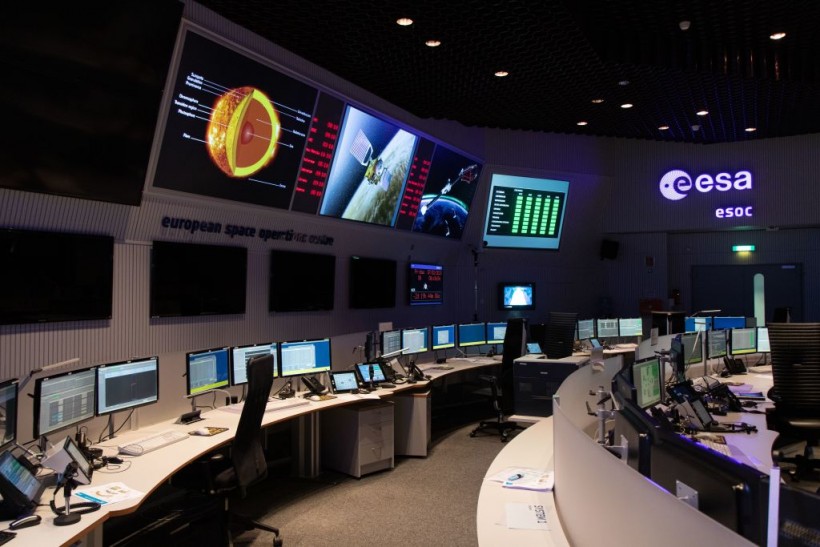While eyes were glued to French Guiana and the approaching James Webb Space Telescope launch, for several days on December 17, 2021, the spacecraft flew through the Comet C/2021 A1 Leonard's tail.
A report from The Register specified that the Solar Orbiter of the European Space Agency followed up its speed past Earth as 2021 drew to a close, by passing through the comet's tail, once more.
This is not the first time. Specifically, the spacecraft passed through the tail as well, of the shattering comet C/2019 Y4 ATLAS in May and June 2020, for a few brief months following its launch.
While the Solar Orbiter's primary mission is associated with the Sun, the probe in on a course in March this year, to get up close and personal, ESA is not opposed to a bit of the so-called "bonus science" from such encounters, even if the comet's nucleus was around 44.5 million kilometers away at the time.
A Phys.org report said the encounter caught information about the magnetic field and particles present in the comet's tail.
This will enable astronomers to investigate the manner the comet is interacting with the solar world, a changing wind of particles and magnetic field that come from the sun, sweeping through the solar system.

A picture taken in 2020 shows the main control room of the European Space Operations Centre or ESOC of the European Space Agency (ESA) in Darmstadt, western Germany.
Detecting Atoms, Molecules, and Ions
In addition to snapping images, the probe detected as well, atoms, molecules, and ions, attributable to the comet, instead of the solar wind.
Other rockets were keeping an eye as well, on the crossing. The NASA/ESA SOHO spaceship, the STEREO-A of NASA, and the Parker Solar Probe were all observed from a distance.
This means that astronomers got, not just data from inside the tail, but contextual images as well, from outside. The Solar Orbiter has so far been forecasted in advance because of the work by the University of College London Mullard Space Science Laboratory's Geraint Jones.
This was constructed upon a postgraduate student at the laboratory named Samuel Grant, who came up with the prediction of the Comet Leonard.
The Exciting Part of a Space Mission
Grant, who is now looking at archive data for other crossings that might have turned unnoticed explained, the huge advantage is that for basically no effort exerted on the part of the spacecraft, one gets to sample a comet at quite a far distance which makes it quite thrilling.
According to ESA Project Scientist for Solar Orbiter Daniel Müller, this sort of additional science is constantly a thrilling part of a space mission.
Whereas the past encounter was impressive, the researchers were still working through the instruments' calibration, and the comet fragmented just prior to the probe's reaching it.
Müller continued explaining, nonetheless, with Comet Leonard, they were completely ready, and the comet did not fall apart.
Come March, the Solar Orbiter is going to make its closest pass to the Sun yet, at roughly 50 million kilometers, one of the expectantly numerous encounters during its mission.
Related information about ESA's Solar Orbiter mission is shown on VideoFromSpace's YouTube video below:
RELATED ARTICLE: Comet Leonardo: Watch It Head For The Sun This Christmas Week; ESA-NASA Solar Orbiter Captures Stunning Images
Check out more news and information on Space in Science Times.




![Extinct Giant Salmon Had Tusk-Like Spikes Protruding Out of Its Snout That Can Easily Kill Shark, Other Large Marine Animals [Study]](https://1721181113.rsc.cdn77.org/data/thumbs/full/53304/89/56/50/40/extinct-giant-salmon-had-tusk-like-spikes-protruding-out-of-its-snout-that-can-easily-kill-shark-other-large-marine-animals-study.png)









